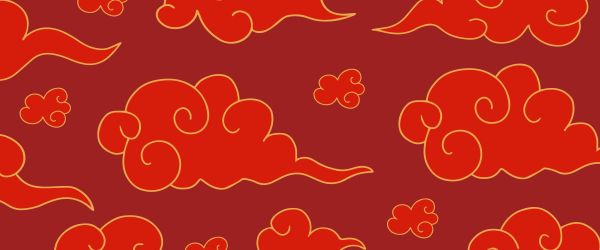Celebrating AAPI Heritage Month

Highlighting the Contributions of AAPI Nurses to U.S. Healthcare: From Historic Milestones to Contemporary Challenges and Achievements
Asian American and Pacific Islander (AAPI) Heritage Month, celebrated each May, honors the rich history, cultural heritage, and impactful achievements of Asian Americans and Pacific Islanders in the United States. This observance provides a special opportunity to recognize the significant contributions of AAPI nurses to the healthcare sector, highlighting their pivotal roles from historic milestones to contemporary challenges and successes.
History of AAPI Heritage Month
AAPI Heritage Month commemorates key historical events: the arrival of the first Japanese immigrants to the U.S. on May 7, 1843, and the completion of the transcontinental railroad on May 10, 1869, primarily constructed by Chinese laborers. The celebration's roots trace back to the 1970s, when Jeanie Jew, an aide to New York Representative Frank Horton, proposed a dedicated month to honor AAPI contributions. In 1977, Representatives Horton and Norman Mineta introduced a resolution for Asian-Pacific Heritage Week, which expanded to a month-long observance in 1992.
AAPI Nurses' Contribution to Healthcare
AAPI nurses have been instrumental in advancing healthcare through culturally competent care, advocacy for health equity, and contributions to medical knowledge. Their holistic, patient-centered approaches often incorporate cultural values and traditions, enhancing the quality of care.
Prominent figures such as Julita Villaruel Sotejo have made landmark contributions. Sotejo developed the framework for nursing education in the Philippines and fought against racial inequities in the American nursing profession, leaving a global impact. AAPI nurses frequently occupy leadership roles in healthcare organizations and academia, shaping nursing education, practice, and policy.
3 Iconic AAPI Healthcare Professionals Throughout History
Kay Fukuda: A naval cadet nurse, Kay Fukuda was interned at Manzanar War Relocation Center during World War II. Families had no choice but to get rid of their property just days before being forced into internment camps such as Manzanar. The living conditions were inexcusable, and detained healthcare workers, like Fukuda, were forced to care for those imprisoned. While not much more is known about Fukuda, Ansel Adams famously photographed her in 1943. Manzanar is now designated as a national historical site and serves as an example of the severe injustice faced by the AAPI community during World War II.
Yu (Philip) Xu: Yu Xu is known for his international research, which includes over 56 research reports and peer-reviewed articles. With a focus on the transition, adaptation, and integration of international nurses into the U.S. healthcare environment, Yu Xu's career was instrumental in breaking cultural and racial barriers within healthcare.
Mooie Eng: Born in China, Mooie Eng immigrated to the U.S. and graduated from Ohio State in 1941. She became the first Chinese RN to work for the Community Service Society (CSS) in New York. CSS was founded to take on the city's systemic poverty, and during her time, Eng enabled essential healthcare access for the Chinese American community. Notably, Eng assisted a number of World War II "war brides" whose language barriers and unfamiliarity with the U.S. healthcare system created a significant hindrance.
These AAPI nurses are just a drop in the bucket for those who have made significant contributions to the nursing field and have served as role models for generations of healthcare professionals. Their dedication, resilience, and advocacy for better healthcare access and representation for the AAPI community have left an indelible mark on the nursing profession. As we celebrate Asian American and Pacific Islander Heritage Month, let us honor and remember these trailblazers for their remarkable achievements and the lasting impact they have had on the lives of countless individuals.
In a constantly evolving world, it is essential to recognize the diverse backgrounds and experiences of healthcare professionals. The AAPI nurses highlighted in this blog post have demonstrated the power of perseverance, passion, and commitment to their patients and communities. As we continue to strive for a more inclusive and equitable healthcare system, let their stories inspire us all to work together for a brighter and healthier future.
Sources:
Nurse Journal
MOCA